|
BULB LOG 51 -- 21st December 2006
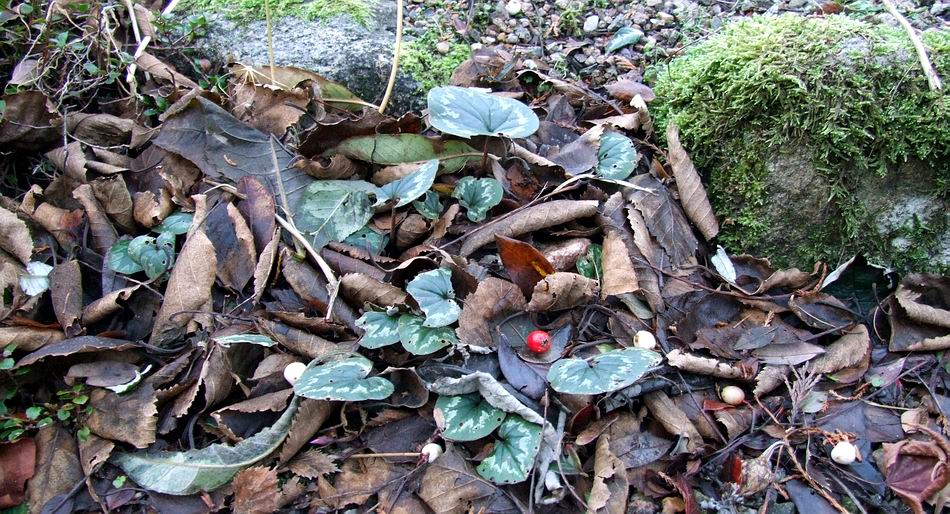
Cyclamen coum under leaves
Fallen leaves in the garden are both beneficial and harmful depending where they fall, or more correctly, what they fall on top of. Many of the bulbs, like this Cyclamen coum, do not appreciate being covered in a deep layer of fallen leaves. I need to gather them up from beds and areas where bulbs are in active growth to prevent the leaves and stems from etiolating more than necessary.
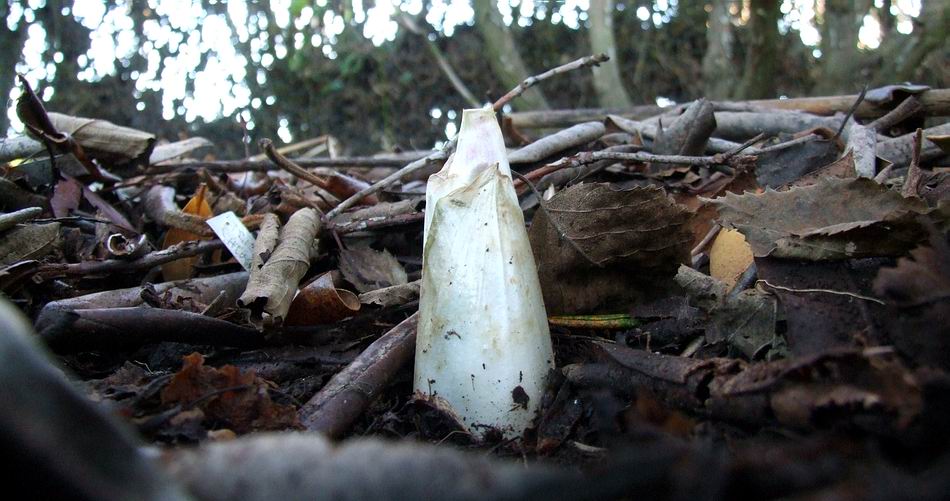
Trillium shoot
On the other hand many bulbs that are just sending a shoot above ground to wait for the spring are glad to be covered by a loose layer of fallen leaves. This fat Trillium chloropetalum shoot will be well protected by a generous layer of fallen leaves until it extends to flower in March. This is exactly what would happen to them in the wild where they grow in woodland conditions and this habit of sending up an early shoot is probably an adaptation to being covered by a natural mulch of leaves every autumn.

Natural mulch of leaves
I always leave the natural mulch of leaves where they fall on the beds planted up with larger rhododendrons and under planted with spring bulbs.
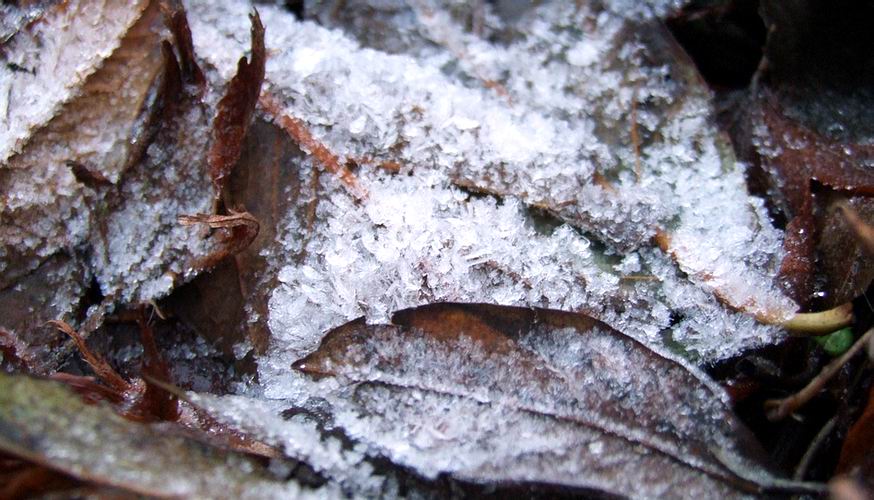
Ice crystals on leaves
The leaves not only provide some thermal protection as the ice crystals and frost form on them but as they break down they give up essential trace elements and nutrients to feed the soil and the plants.

Fallen leaves
However over the next few months I will have to gather all the leaves that fall on the paths and rock garden beds to prevent them from damaging the rock garden plants. I also need to move them away from the winter growing bulbs like Crocus, Narcissus, etc. whose leaves are already well formed even in the garden, as they not only cause etiolation but also give cover to any hardy slugs venturing out for a tasty snack of fresh greens on the milder winter days
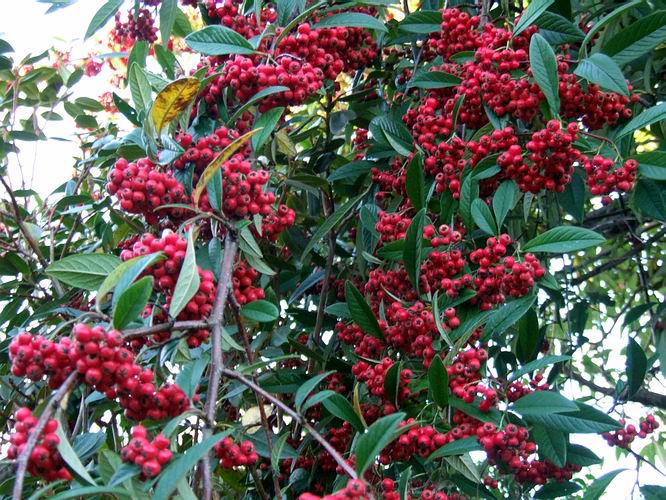
Cotoneaster leaves and berries
While most of the deciduous trees in our garden are now bare of their leaves the many Cotoneaster trees we grow are still well clothed in leaves. Depending what the winter has in store for us these leaves may not drop until February or March. If we get a long cold spell they will quickly shed all of their leaves but if it is going to be a mild winter the leaves do not drop until the new leaves are emerging next spring. All the leaves we do gather up are stacked to break down to provide us with a ready and plentiful supply of leaf mould to add to our potting mix.

Eucomis autumnale
As I gather leaves I see that one plant of Eucomis autumnale, while a bit chewed and bedraggled looking, is still in flower.

Galanthus in flower
As our autumn extends well into December, spring comes forward to meet it as many of the early bulbs, like this Galanthus, are starting to flower. This is a plicatus hybrid(?) that I got a few years ago that is in danger of disappearing under this fern. I will have to take the warning from the very etiolated flower stems that I need to move this snowdrop to a better situation where we can enjoy it better on a shorter stem.
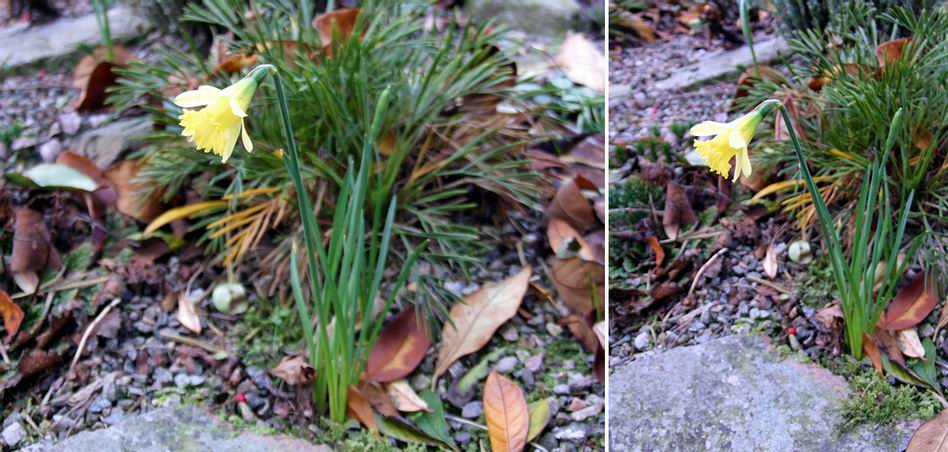
Narcissus 'Cedric Morris' in garden
Last week I showed you Narcissus 'Cedric Morris' starting to flower in the bulb house and now the first one has opened in the open garden.
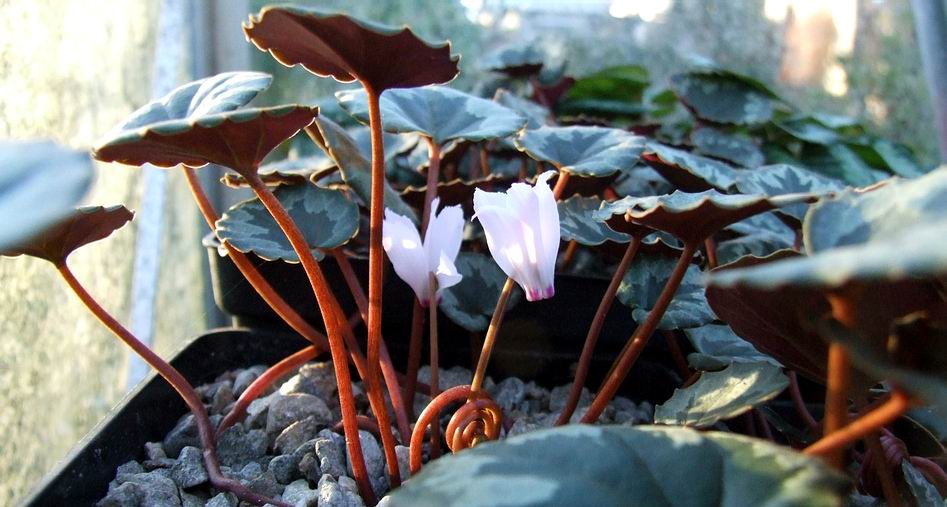
Cyclamen mirabile
A quick look in the bulb house to see what is new and I find that a Cyclamen mirable plant is sending up a few more late flowers despite having flowered well in October.
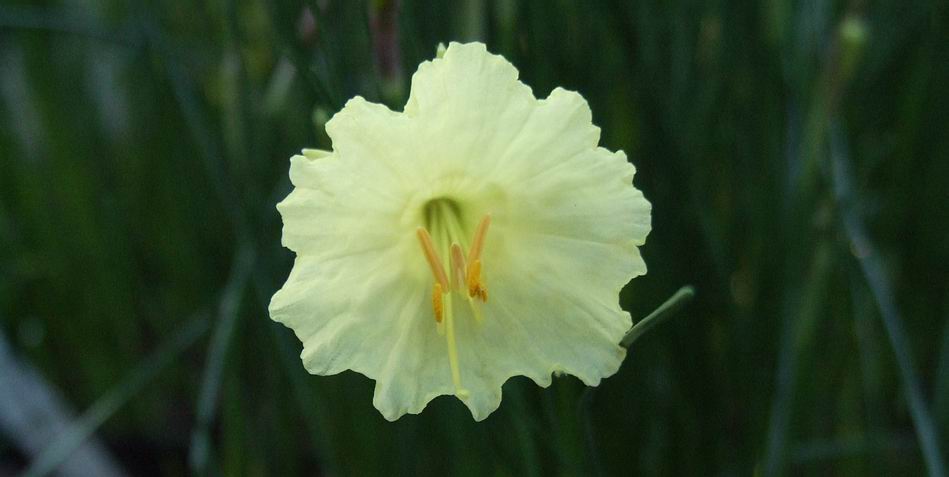
Narcissus romieuxii
The first of the yellow hoop petticoat Narcissus romieuxii flowers has also just opened some months after some forms of Narcissus cantabricus first bloomed. I am so pleased to have the narcissus flowers to cheer us through the dark winter days.
^ back to the top ^
|

